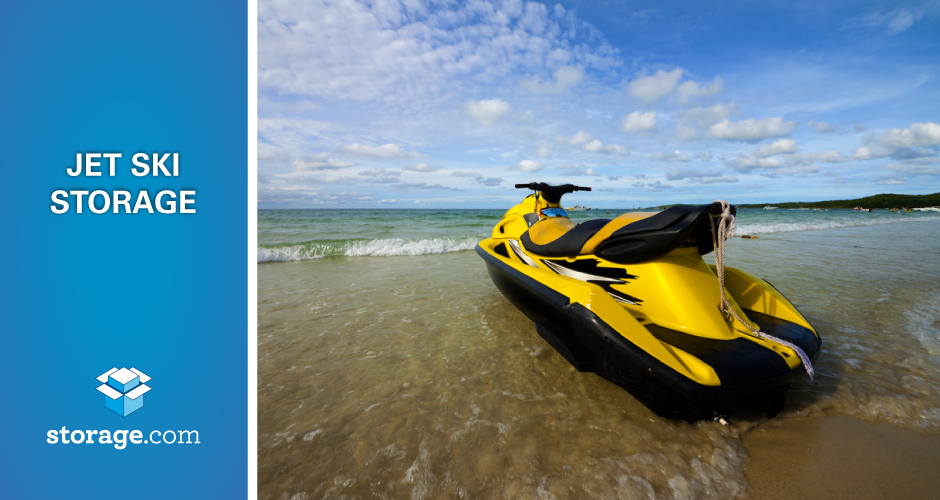How to prepare your boat for winter storage
With Labor Day far behind us and the cooling weather around us, it’s with a heavy heart we must admit that winter is coming. And while for many this may mean cozy sweaters, less yardwork, and more football, for boat owners fall means it’s time to begin winterizing your boat.
While the time may be relative—northern states cool down weeks or even months before southern states do—it’s important to prepare your boat long before the first big freeze. And while it may sound like a lot to winterize your boat for storage, the key is to break it down into easy-to-do chunks.
When do I start to winterize my boat?
Again, this is relative to the annual weather and seasons of your region. Whether it be mid-September or early November, you want to get your boat out of the water and and completely winterized before the first freeze.
As many seasoned boat owners know, water expands when it’s frozen, which can cause massive damage in a boat’s engine system, body, and even the toilets on larger boats.
What’s the first step in winter boat storage?
To start winterizing your boat, you must remove all water from the vessel. This can be done one of two ways, the first of which is pulling all the drain cocks to allow the boat to completely drain of any liquids. The trick with this method, however, is making sure you pull out every plug to remove all water. Even one missed drain can have serious repercussions.
The second method involves antifreeze. By using your cooling water intake, you can pump antifreeze through your engine. Once you see the bright-colored antifreeze begin to run out of the engine, you’ll know your system is free of water. This can also be done using a marine pump on your toilet system if you have a larger boat.
Preparing your fuel and battery
Once you removed all water from your systems, it’s important to give your fuel tank attention. Fuel tanks in boat are different from those used in cars in that they are not airtight. This can allow moisture to get in through any moving air, which is bad as ethanol in gas absorbs water. This combination can later separate, allowing water to remain in your boat during the freezing winter months.
To combat this, fill your tank before placing it in storage and use a high-quality fuel stabilizer.
Another important thing to protect in the cold winter months is your boat’s battery. The cold temperature and reduce or diminish its charge over time. A way to prevent this from happening is removing the battery and connecting it to a trickle charger, which slowly “trickles” a charge into the battery, preventing overcharging or loss of a charge.
How can I store my boat in winter?
Once you’ve winterized and cleaned out your boat, it’s time to find a place to store it. Vehicle storage can be found in three different forms, and each requires its own set of preparation. The first, and most common, is outdoor and uncovered parking.
Essentially a large parking spot in a fenced-in lot, outdoor parking is relatively cheap and overall safe when the proper steps are taking, the first of which is thoroughly cleaning. Bugs, mice, and other vermin may get attracted to left behind food and crumbs, and they may just ride out the cold winter in your boat if they can, which leads to the second step in outdoor boat storage: finding a cover.
A cover will not only help prevent any pests from making a home out of your boat, it will also keep any rain, snow, sleet, or tree debris out of your boat’s interior. A cover is also recommended if you’re using covered parking, which is the second form of boat storage, or even opting to keep your boat stored in your own driveward.
The last form of winter boat storage is a fully enclosed drive-up unit. These units completely cover your boat from the weather, but it will still be worth thoroughly cleaning out your boat to help prevent any pests from entering.
Fully-enclosed boat storage is great for those in areas with extreme winter weather, and many storage facilities now offer electrical access, allowing you to keep your trickle charger and battery in the same area as your boat.
While on the topic of electrical access, it’s important to note to never store a running space heater in your boat. Not only is this impractical, it puts your boat and the entire storage facility at risk of fire.
Begin your winter boat storage process today
Boats are a great way to spend the summer, and they don’t have to be a burden on you in the winter. With the right steps and our amazing lineup of storage facilities, we can help you make your winter boat storage a breeze.





